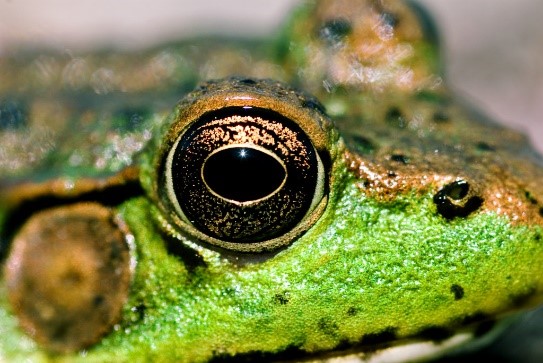They chose 36 amphibians and reptiles endemic to the United States. Reptiles and amphibians almost everywhere seem to be vulnerable for a mix of reasons: among them habitat destruction, environmental pollution and the introduction of new predators and new diseases. The more exquisite the ecological niche occupied by the species, the smaller its overall population and the more precarious its chances of survival.
The researchers examined all the information available on salamanders, turtles, tortoises, snakes and lizards and concluded that, overall, there was a 28% chance of extinction by 2100. But without climate change, this risk dwindled to 1%.
“Surprisingly, we found that the most important factors – such as having a small range or low population size – are already used in conservation assessments,” said Dr Pearson. “The new results indicate that current systems may be able to better identify species vulnerability to climate change than previously thought.”
Carry on conserving
And his co-author Resit Akçakaya of Stony Brook University in the US said: “The bad news is that climate change will cause many extinctions unless species-specific conservation actions are taken; but the good news is that the methods conservation organisations have been using to identify which species need the most urgent help also work when climate change is the main threat.”
So to preserve biodiversity conservationists have to do what many are doing already: focus on species that occupy a small or dwindling space, or are few in number.
Other predictions of future extinction under climate change have usually been based on the rate at which habitat with the right climate will shift or contract, and researchers have been more concerned with how easily species can adapt or migrate and why some species do better than others at shifting to new ground.
In the latest research, the scientists selected a class of animals but did not try to make individual predictions for each species: what they were looking for were general principles.
“Our analysis will hopefully be able to help create better guidelines that account for the effects of climate change in assessing extinction risk,” said Dr Pearson.

 LONDON—Environmental scientists believe they have a blueprint for extinction. They report in Nature Climate Change that they have identified those factors that might make a species more likely to slip away into eternal oblivion as the planet warms and climate conditions change.
LONDON—Environmental scientists believe they have a blueprint for extinction. They report in Nature Climate Change that they have identified those factors that might make a species more likely to slip away into eternal oblivion as the planet warms and climate conditions change.











